The develop organic thin-film photovoltaics (OPV)
TOYOBO CO., LTD.
Outline
We aim to develop organic thin-film photovoltaics (OPV) to be implemented on IoT sensor or other devices, and contribute to practical application and dissemination of organic thin-film photovoltaics. Along with the progress of IoT (Internet of Things), in which everything is connected to Internet, it is predicted that a time of trillion sensors is coming closer. For the power source of those sensors, utilizing photovoltaics is effective, as they can convert indoor light into electric energy.
Currently, a-Si (amorphous silicon) photovoltaics are mainly used for indoor light power generation. However, organic thin-film photovoltaics (OPV) can generate larger power, and generation is possible even in a dark place of approximately 50 lux. When organic thin-film photovoltaics are produced, power generation material consisted of organic substances are mixed into solvent, and then the solution is applied on a glass or plastic substrate. Therefore, they are thin and light, and can be shaped flexibly. In addition, they are superior to other types of solar cells in indoor condition in many ways including safety and power generation performance with oblique lighting. Since IoT sensors will be widely used in the future, we aim to develop organic thin-film photovoltaics to be implemented on various IoT sensors, and bring it to practical application. By promoting use of photovoltaics, we will contribute to CO2 reduction.
Description
1. Achievement target for the challenge
• Development of wireless power supply using indoor light for sensors
• Development of power supply for mobile equipment and various display devices
2. Issues to be solved to overcome the challenge
• Technique to implement OPV on a sensor
• Technique for production of large size OPV films
3. Our concrete actions
• Development of organic photoactive materials
• Implementation through collaboration with electric and device manufacturers
4. Effects when the challenge is overcome
• Reduction of carbon dioxide
• Effective use of small energy (energy harvesting)
Partner(s)
(Current collaboration partners) Electric and device manufacturers
Supplementary information
Other Innovation Challenges
Development and practical application of CO2 separation membrane and system that have both high performance and practicality
TOYOBO CO., LTD.
Fuel conversion of boiler and private power generation equipment
TOYOBO CO., LTD.
Recycling of PET bottles~the reduction of CO2 emission by shortening processing of PET bottles
TOYOBO CO., LTD.
The develop of a forward osmosis membrane (FO membrane) for osmotic pressure power generation using high salt concentration geothermal water
TOYOBO CO., LTD.
The develop of high performance carbon materials for the dissemination of secondary battery which is essential for utilization of renewable energy
TOYOBO CO., LTD.
The development of higher seawater concentration by the new hollow RO membrane
TOYOBO CO., LTD.
The recycle of PET bottles ~The reduction of CO2 emission by replacing recycled yean,which was made from PET bottles
TOYOBO CO., LTD.
Similar Innovation Challenges
Achieving net zero carbon emissions from paint finishing processes
Taikisha Ltd.
Activities for reducing GHG of business operations in Nissin Electric Group
Nissin Electric Co., Ltd.




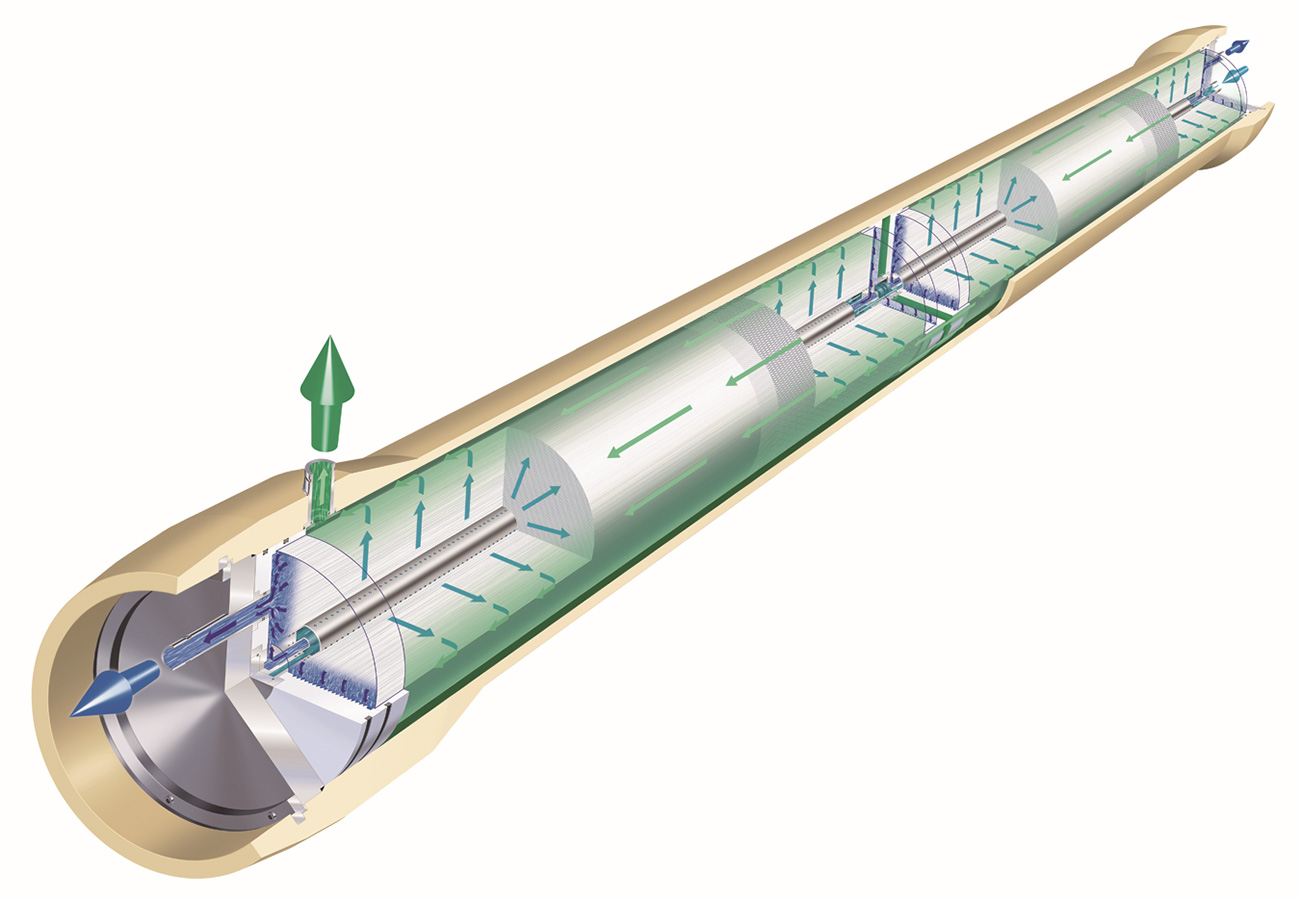

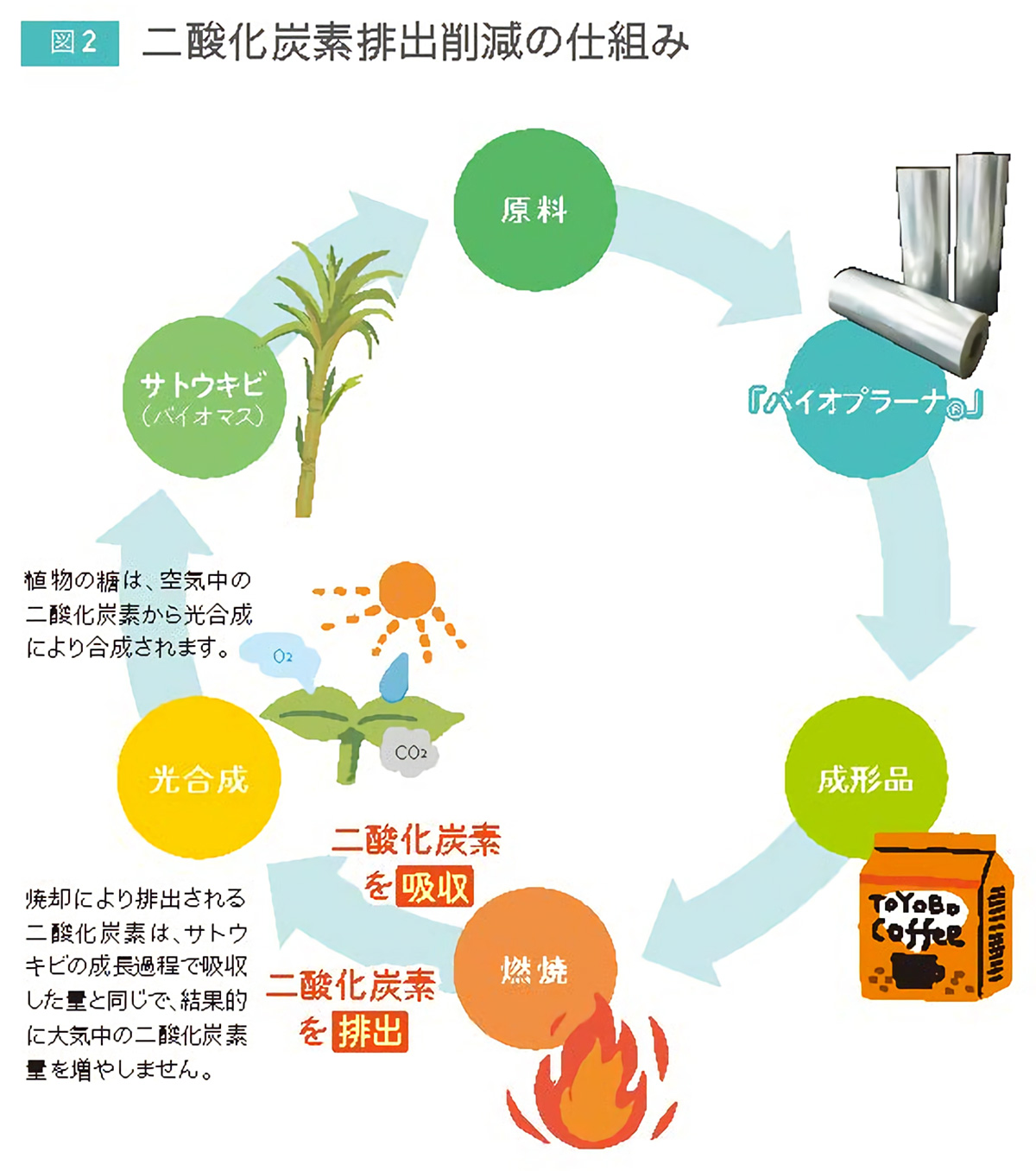
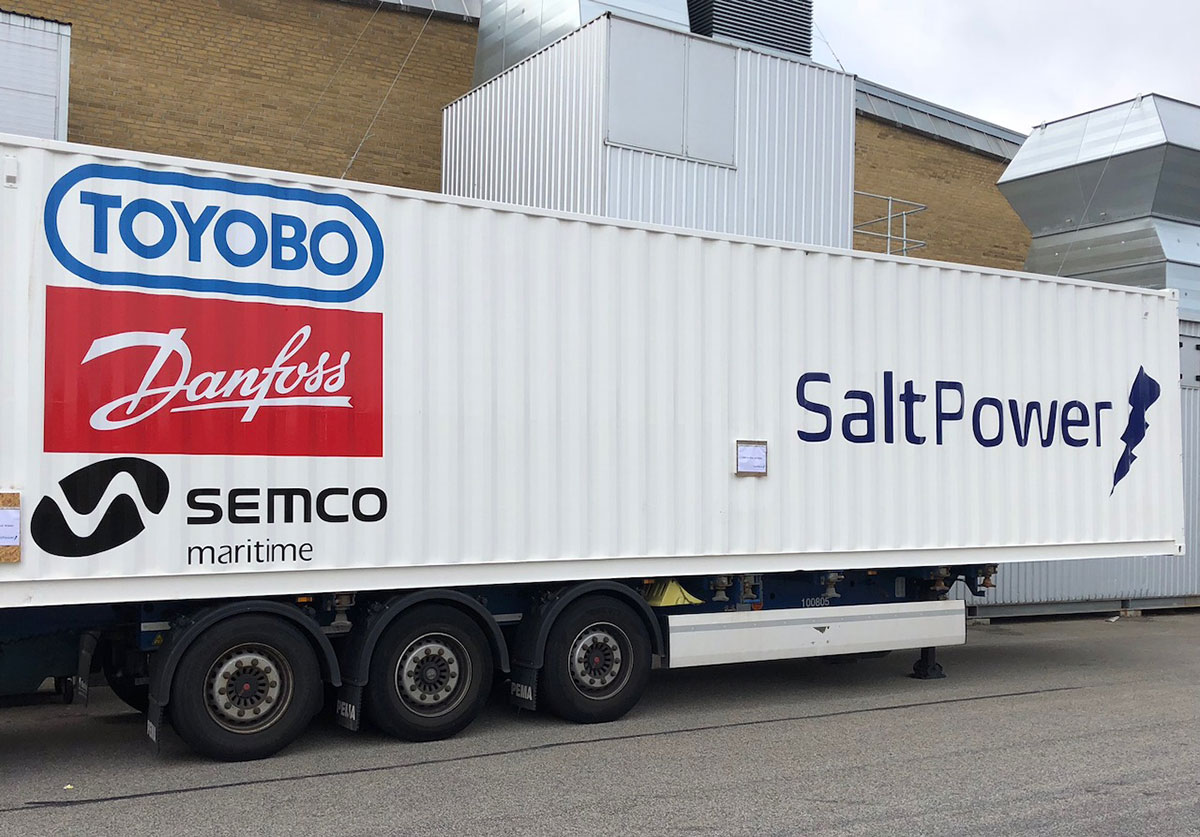
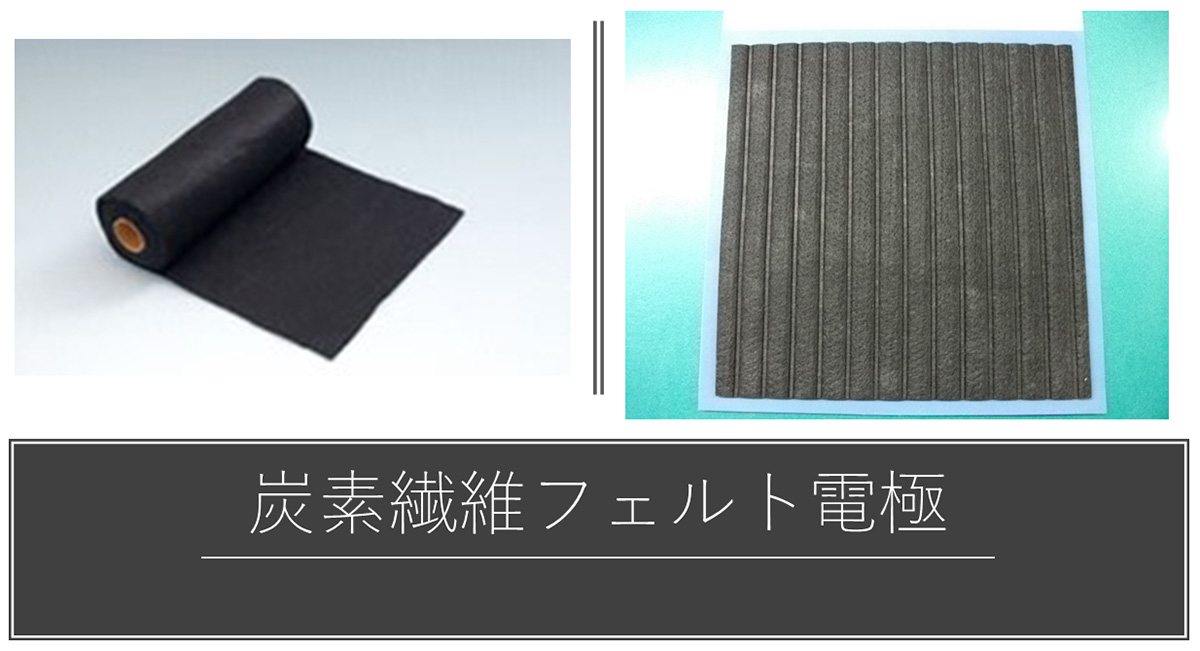
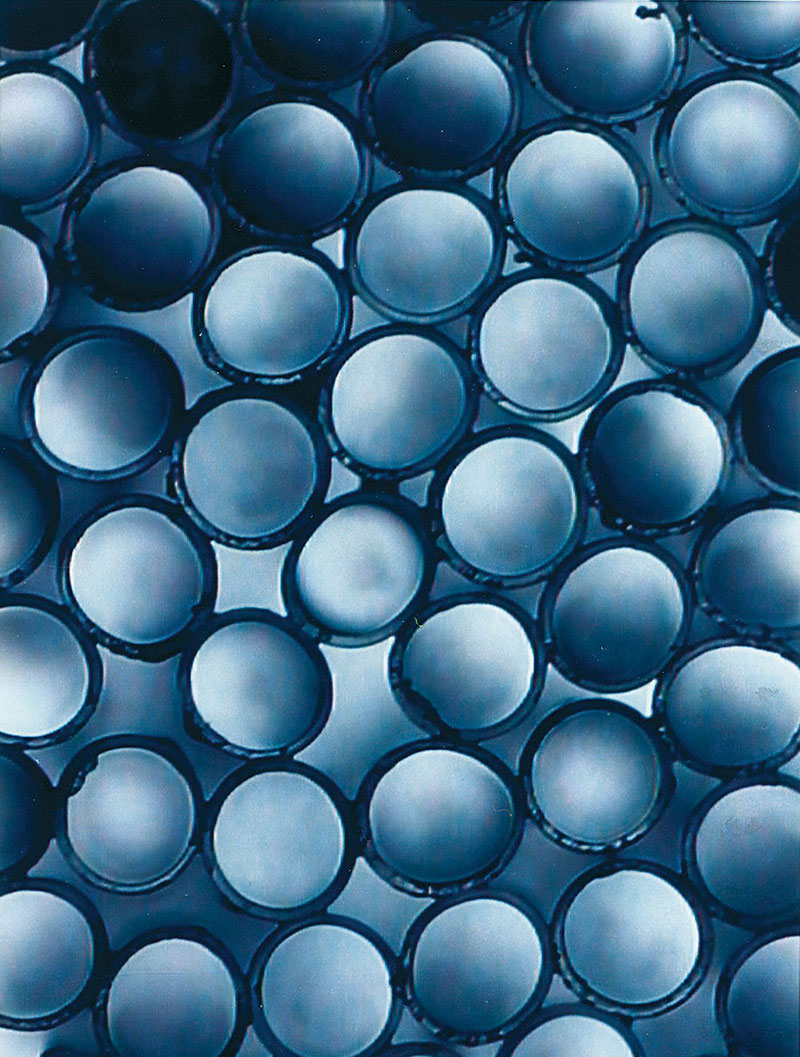
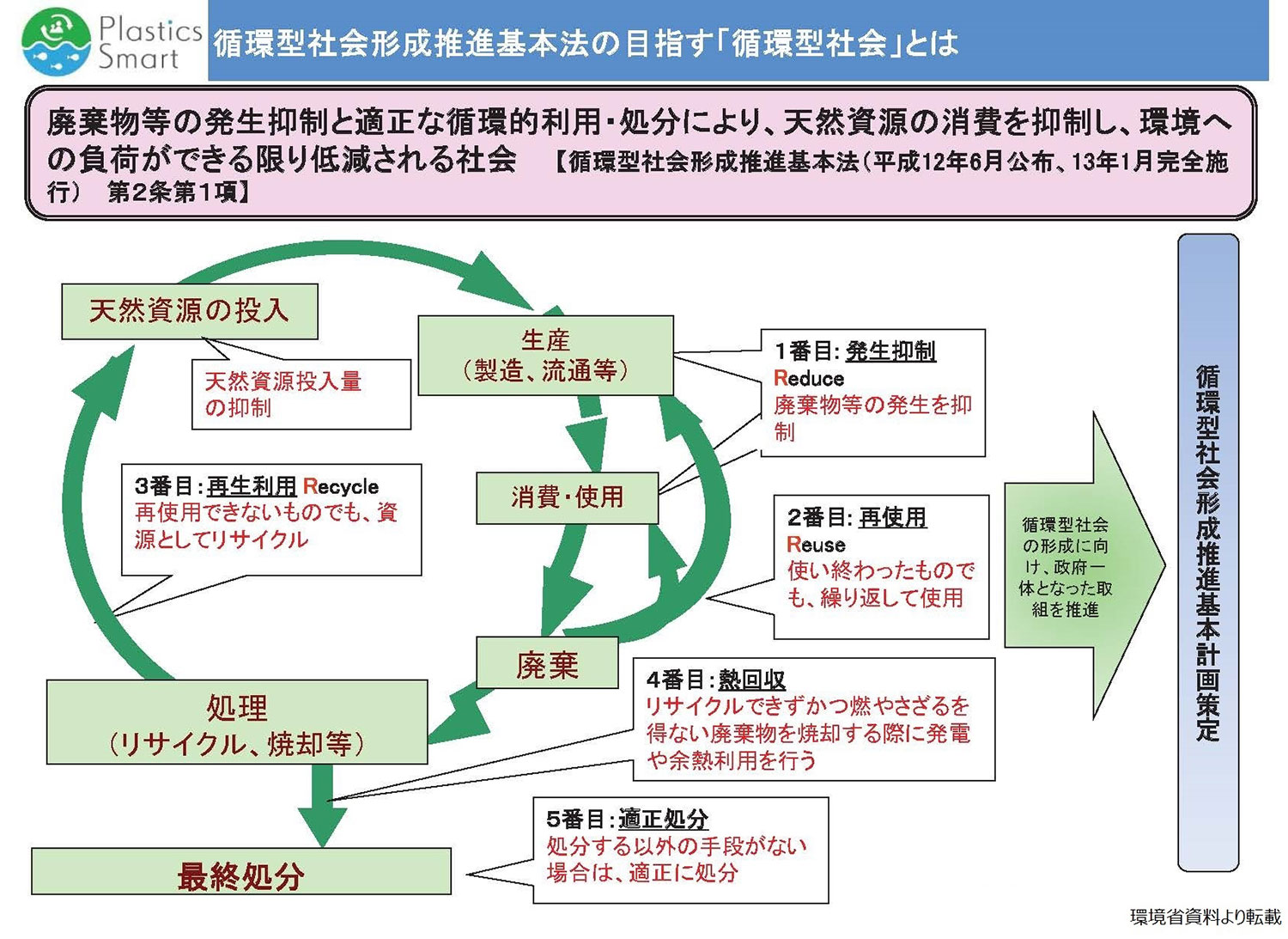
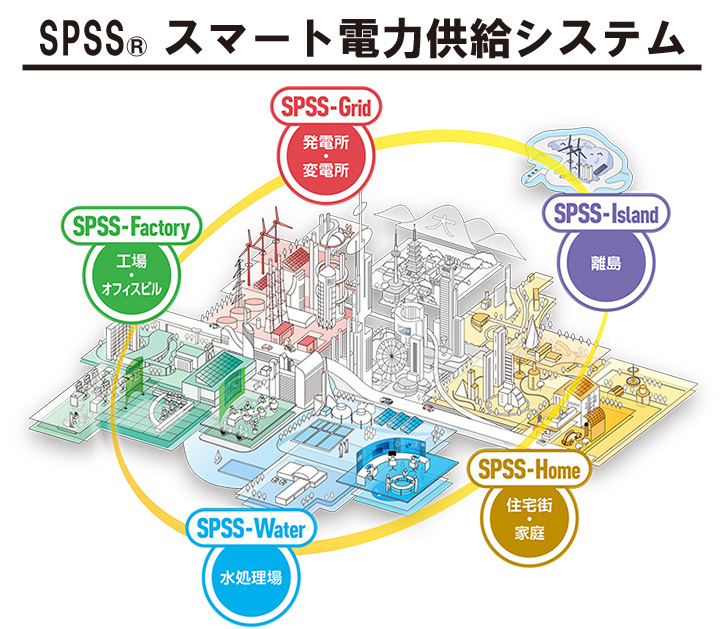
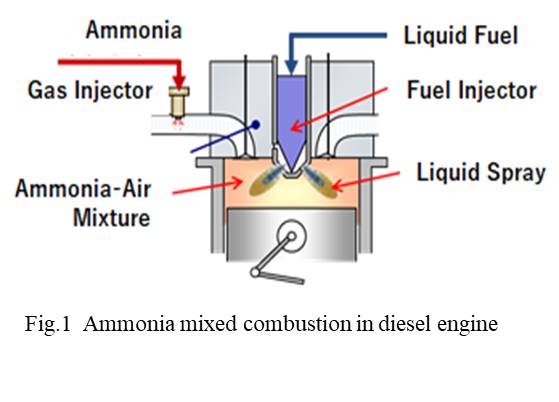
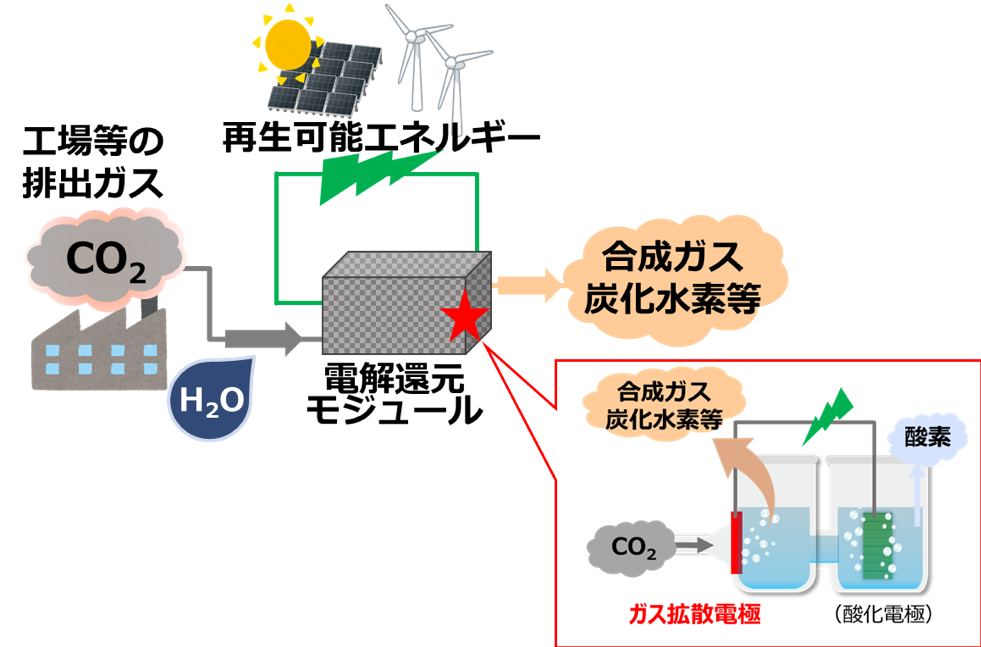
-1人工光合成技術.jpg?id=2&tid=759&imageNumber=1)